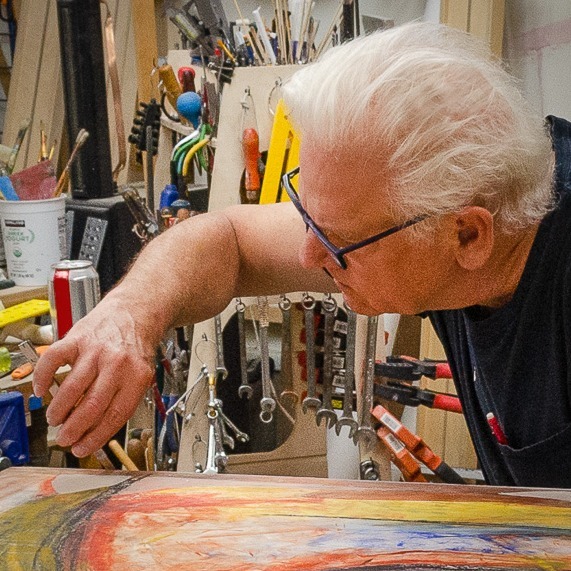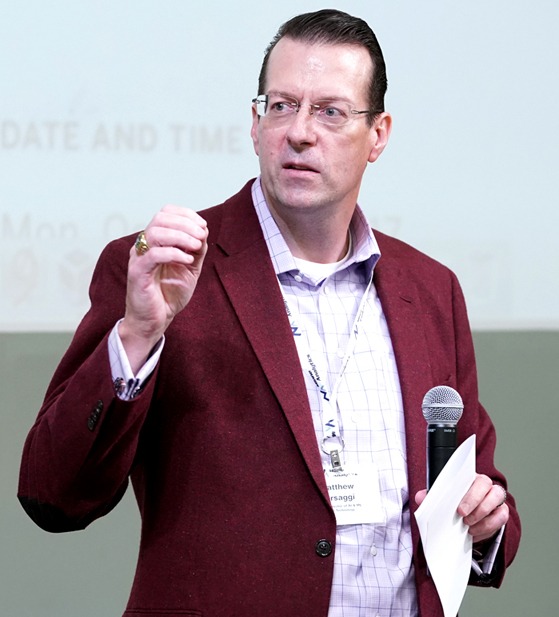 Small, science-based businesses working to develop and commercialize new technologies can access experts and resources to apply for federal research funding through MN-SBIR at the Minnesota High Tech Association. MN-SBIR has been awarded $125,000 from the U.S. Small Business Administration through its Federal and State Technology Partnership Program.
Small, science-based businesses working to develop and commercialize new technologies can access experts and resources to apply for federal research funding through MN-SBIR at the Minnesota High Tech Association. MN-SBIR has been awarded $125,000 from the U.S. Small Business Administration through its Federal and State Technology Partnership Program.
 MN-SBIR is one of only 24 entities across the U.S. to be awarded a FAST award. The SBA funding is supported through match funding from the Minnesota Department of Employment and Economic Development and the University of Minnesota Office for Technology Commercialization.
MN-SBIR is one of only 24 entities across the U.S. to be awarded a FAST award. The SBA funding is supported through match funding from the Minnesota Department of Employment and Economic Development and the University of Minnesota Office for Technology Commercialization.
In FY2019, nearly $3 billion in federal funds are available through the SBIR (Small Business Innovation Research) and STTR (Small Business Technology Transfer Research) programs. MN-SBIR is designated by the governor as the state’s resource for SBIR/STTR coaching and education. Small businesses have opportunities to apply for funds from 11 federal agencies that call for innovative ideas with commercial potential across the spectrum of science, technology, engineering and mathematics.
The SBIR/STTR programs, called America’s Seed Fund, offer significant benefits for small businesses to research, develop and commercialize technologies for economic and social impact, such as:
- The small business retains its equity and its intellectual property and doesn’t need to repay the funds
- There are opportunities for industry and academic research partnerships and technology transfer opportunities with the University of Minnesota, Mayo Clinic and federal labs
- The company can access business and commercialization assistance via I-Corps
- SBIR/STTR legislation allows any federal agency to buy the resulting product or service under sole-source contracts
The SBA’s statement on the FAST awards explained its value: “FAST partners are an important part of the innovation entrepreneur ecosystem. They provide training, financial and technical assistance for small, next-generation technology businesses, and help them navigate federally-funded innovation and R&D programs.”
This is the fifth consecutive year for MN-SBIR to receive FAST funding from the SBA, DEED and OTC. Since 2016, MN-SBIR has been hosted at Minnesota High Tech Association and has grown under the leadership of MN-SBIR Program Director Pat Dillon. In 2017, the Greater Minneapolis-St. Paul metropolitan area ranked No. 2 in growth of SBIR/STTR awards, according to a report by the State Science and Technology Institute. But the Institute also noted based on the size of the metro area’s economy, there should be more SBIR/STTR funding flowing to the region.
“The goal for this coming year is for more businesses, in cities across Minnesota, to learn about, apply and succeed in competing for these valuable federal research funds,” Dillon said. “The technological innovations supported by SBIR/STTR funding are critical to Minnesota’s new technology-driven economy. Opportunities in small businesses exist throughout the state. However, reaching these companies is difficult.”
A key goal for MN-SBIR in FY2019 is to continue the growth of the Minnesota Innovation and Commercialization Consortium and the SBIR Hubs system. Current Minnesota hubs include Rochester, Austin, Mankato, St. Cloud and Duluth. In 2018-2019, MN-SBIR will add Winona, Bemidji and Moorhead to the SBIR Hubs system. These collaborations expand SBIR/ STTR opportunities beyond the Minneapolis-St. Paul region by engaging universities, economic development agencies, and other organizations and individuals that generate developments in high-risk technologies.
One example of success in getting SBIR/STTR funds into Minnesota has come from collaborations with the Destination Medical Center in Rochester and start-up tech companies that have been Mayo Clinic spin-offs. “These collaborations will help tap into the tech innovators in rural areas of Minnesota,” said Dillon.

















